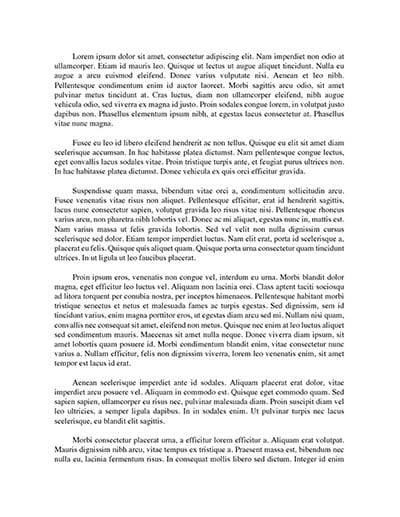Summary of All Chapters
To Kill a Mockingbird has a number of characters such as Scout Finch, Atticus Finch, Jem Finch, Arthur Radley, Bob Ewell, Charles Baker Harris, Maudie Atkinson, Calpurnia, Alexandra, Mayella Ewell, Tom Robinson, Link Deas, Henry Lafayette, Dubose, Nathan Radley, Walter Cunningham, Heck Tate, Dolphus Raymond, and Underwood. Before giving a chapter-by-chapter plot summary of the novel, it is important to have a brief overview of the novel’s context and understand what inspired the author to write it. The author has on several occasions been quoted as saying that the novel was intended to paint a story of a tired, small, and old town that was shaped by events that occurred during her childhood. When the author was five years old, nine black men faced accusations of raping two white women. The incident drew a lot of publicity and unpleasant trials that saw five of the black men get long jail sentences. These sentences drew the attention of the public, forcing many renowned lawyers and influential people to take an interest in the matter. Many lawyers and American citizens at large felt that the long sentences were simply because the accused were black, hence they were motivated by racial discrimination and prejudice. Many people also felt that the two white women who claimed to have been raped were not telling the truth. In fact, the more the white women appealed, the more suspicious their accusations became. The outcomes of this case against the nine men served as the motivation for Harper Lee to speak out against the racial prejudice that was common at that time.
At that time, American civil rights movements took center stage. Lee moved to New York to focus on writing in the 1950s and began working on this novel, which was published at the peak of the American civil rights movements in 1957. How To Kill a Mockingbird become a success? It is attributed to the humorous and warm way that the book addresses serious issues such as rape and racial prejudice, especially during that time when there was a racially charged atmosphere in society.
Overview of the novel’s plot
An overview of the novel’s plot reveals that at that time, the sleepy town of Maycomb has been hit hard by the great depression. Although the Finch family is also affected by this crisis, Atticus manages to give his family a good life compared to what the rest of the society was going through. Scout Finch and Jem Finch are siblings who live together with their widowed father Atticus. Scout and Jem become friends with a boy named Dill who lives in their neighborhood during summer. A mysterious house in the neighborhood known as the Radley Place belonging to Nathan Radley intrigues Dill. They later find out that Nathan’s brother Arthur who has lived there for quite a long time without going outside at all. When Dill comes back to the neighborhood the next summer, he together with Scout and Jem decides to act out Arthur Radley’s story because they find it strange that someone can live in a house without venturing outside. Atticus reprimands them and urges them to try and understand what someone is going through before making any judgments about their lives.
The central event of the book concerns the Atticus’s law practice. He decides to be a defender of a black man named Tom Robinson who is accused of rape. Considering the racist society they are living, this action causes a lot of problems for the family. Scout and Jem face mockery and ridicule from other children because of the decision of their father to take this case. During the trial of Tom Robinson, Atticus is able to prove that the accuser named Mayella Ewell, together with her father Bob, were actually lying. It emerged that Tom Robinson had been propositioned by Mayella and this was apparent to her father. Tom was only accused because Mayella and her father wanted to hide her culpability and shame. Despite the overwhelming evidence, which showed that Tom was innocent, he still gets convicted. It is believed that this was done because all the judges were white hence racial prejudice prevailed.

